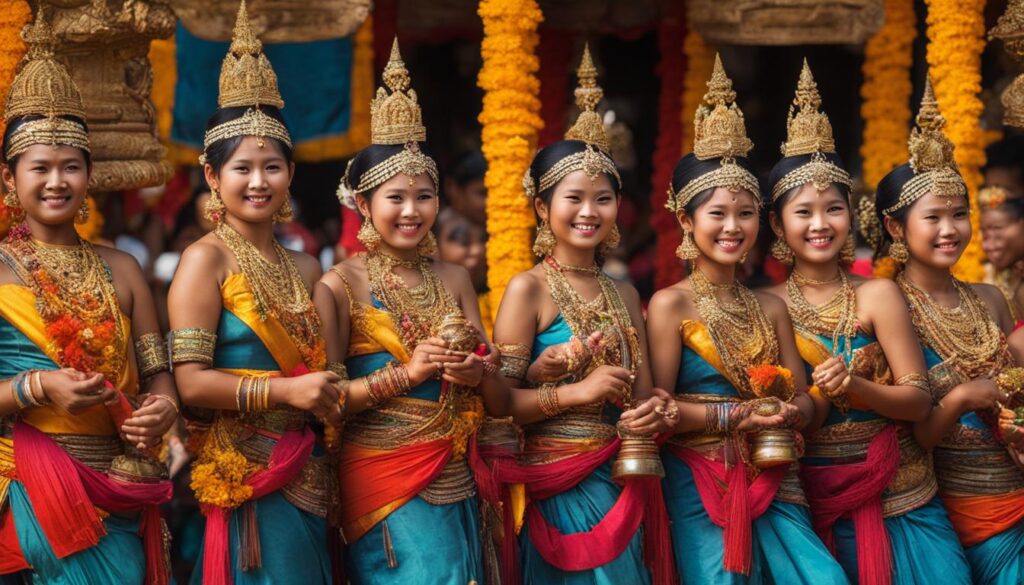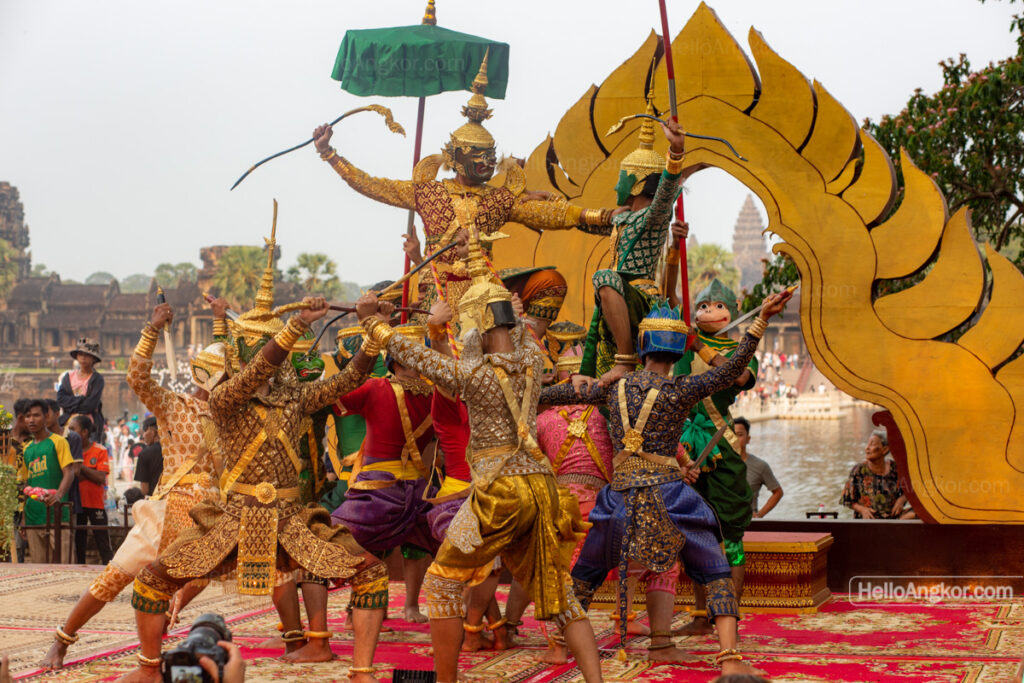The Role of Traditional Festivals in Strengthening Cambodia’s Economy
Cambodia, a country steeped in cultural heritage and ancient traditions, is renowned for its vibrant festivals that celebrate religion, nature, and community. These traditional festivals do far more than preserve the country’s cultural identity—they also play a significant and often underestimated role in stimulating Cambodia’s economy.
From tourism to agriculture, from retail to logistics, Cambodia’s festivals create a ripple effect across multiple sectors. In this blog, we explore how these cultural celebrations contribute to economic growth, employment, and regional development, reinforcing Cambodia’s position as a dynamic cultural and economic force in Southeast Asia.
1. Cultural Tourism: A Major Revenue Generator
One of the most direct economic impacts of Cambodia’s traditional festivals is the boost they provide to cultural tourism. Visitors from around the world travel to Cambodia to witness and participate in iconic festivals such as:
-
Khmer New Year (Chaul Chnam Thmey) – April
-
Pchum Ben (Ancestors’ Day) – September or October
-
Water Festival (Bon Om Touk) – November
-
Royal Ploughing Ceremony – May
These festivals are not only spiritual or historical events but also carefully curated public spectacles that attract both domestic and international tourists. Cities like Phnom Penh, Siem Reap, and Battambang see a sharp rise in hotel bookings, restaurant visits, and tour bookings during festival seasons.
According to the Ministry of Tourism, cultural and heritage tourism contributes significantly to Cambodia’s GDP, and festivals are a key component of that sector. The rise in festival-driven tourism brings revenue to hotels, transportation services, tour operators, and local artisans.
2. Stimulating the Local Economy and Informal Sector
Festivals inject life into the informal economy, particularly for small-scale vendors and rural communities. During major festivals, local markets swell with activity, offering everything from traditional foods and garments to handcrafted souvenirs. Street vendors, tuk-tuk drivers, food stalls, and temporary marketplaces flourish during these periods.
For example, during the Water Festival, which commemorates the historical importance of Cambodia’s waterways, riverside cities are transformed into bustling economic hubs. The influx of people participating in boat races, performances, and ceremonies leads to increased sales for everything from snacks and drinks to mobile phone top-ups and traditional costumes.
This economic activity provides short-term employment and cash flow for low-income households, contributing to poverty reduction and social inclusion in rural and urban areas alike.
3. Promoting Domestic Consumption and Spending
Traditional festivals act as economic stimulants by encouraging domestic spending. Cambodians spend significantly on preparations for festivals—buying food, clothes, home decorations, and religious offerings. This surge in consumer activity benefits sectors such as:
-
Retail and FMCG (Fast-Moving Consumer Goods)
-
Textiles and Garments (traditional attire sales)
-
Agriculture and Food Supply Chains
-
E-commerce and delivery services
Retailers and shopping malls often run promotions or sales during festival seasons to capitalize on increased foot traffic. According to local market surveys, household spending increases by 20-30% in the weeks leading up to major holidays, particularly during Khmer New Year and Pchum Ben.
4. Boosting Transportation and Logistics
The movement of people and goods during festival seasons leads to spikes in transportation and logistics activity. Interprovincial travel increases sharply as families return to their hometowns or travel to cultural destinations. This rise in mobility boosts:
-
Public transport services (buses, taxis, tuk-tuks)
-
Fuel consumption and roadside services
-
Cargo and goods delivery (especially for fresh food and festival products)
The heightened demand creates logistical opportunities for businesses offering warehousing, delivery, and supply chain support—especially in the fast-growing e-commerce and retail sectors. Companies that can anticipate festival demand and optimize their inventory and delivery networks can gain a competitive edge.
5. Strengthening Cambodia’s Cultural Economy
Festivals also provide a platform for showcasing and selling Cambodian arts, crafts, music, and cuisine—the pillars of the cultural economy. Handicraft markets, traditional performances, and artisan exhibitions organized during festival times help sustain Cambodia’s creative industries.
For example:
-
Silk weaving cooperatives sell festival clothing.
-
Local potters and sculptors market ceremonial items.
-
Musicians and dancers find seasonal work through performances.
The promotion of cultural exports—such as handwoven textiles, traditional spices, or musical instruments—attracts interest from foreign buyers, helping rural producers and artisans access international markets.
6. Encouraging Public-Private Partnerships (PPPs)
Many traditional festivals receive funding or support from both government agencies and private enterprises. Businesses sponsor events, set up brand activations, and provide festival-themed products and services. These public-private partnerships create mutual economic benefits:
-
Governments get help in organizing and financing large-scale events.
-
Businesses gain brand visibility and customer engagement.
-
Local communities benefit from improved infrastructure and employment.
Sponsorship deals during major festivals also attract advertising and media investments, further amplifying the economic impact.
Conclusion: Culture as an Engine of Growth
Cambodia’s traditional festivals are far more than cultural relics—they are dynamic, economic drivers that support tourism, small businesses, creative industries, and logistics. Their influence extends from the streets of Phnom Penh to the villages of Kampong Cham, energizing the country’s economy at both macro and micro levels.
As Cambodia continues to modernize, it’s essential to preserve and promote its cultural heritage—not only for the sake of identity but also as a strategic economic asset. Festivals represent a unique convergence of tradition and opportunity, making them a key pillar in Cambodia’s journey toward inclusive and sustainable growth.
Need help navigating Cambodia’s cultural economy or planning logistics around festival seasons?
Partner with Cambodia-Agent.com to access expert agent services in sourcing, trade, and event logistics tailored to Cambodia’s vibrant cultural calendar.

